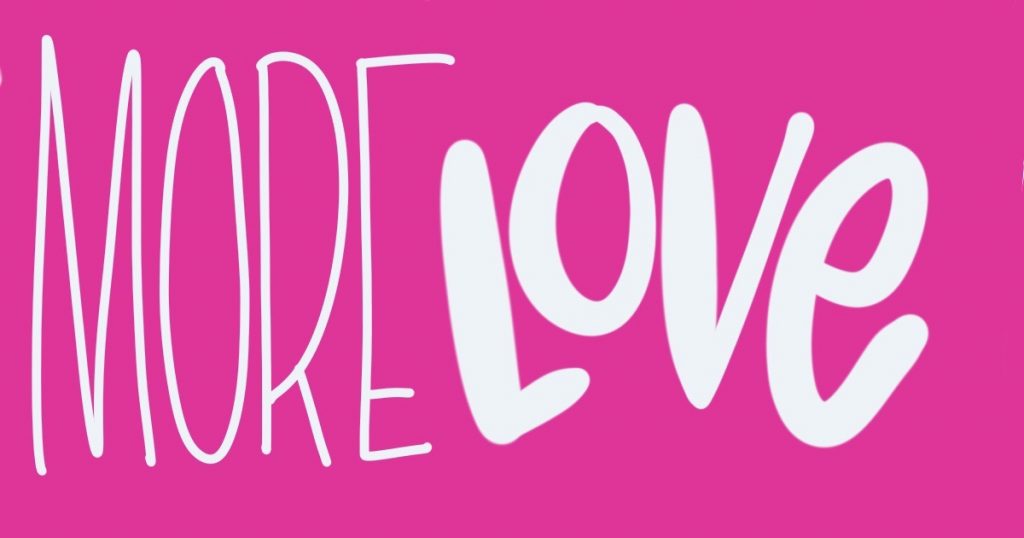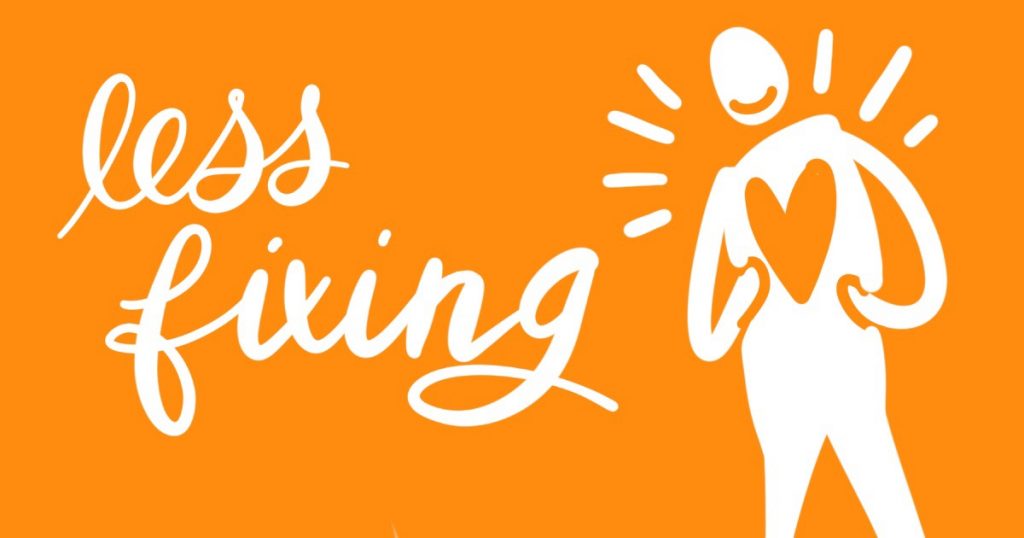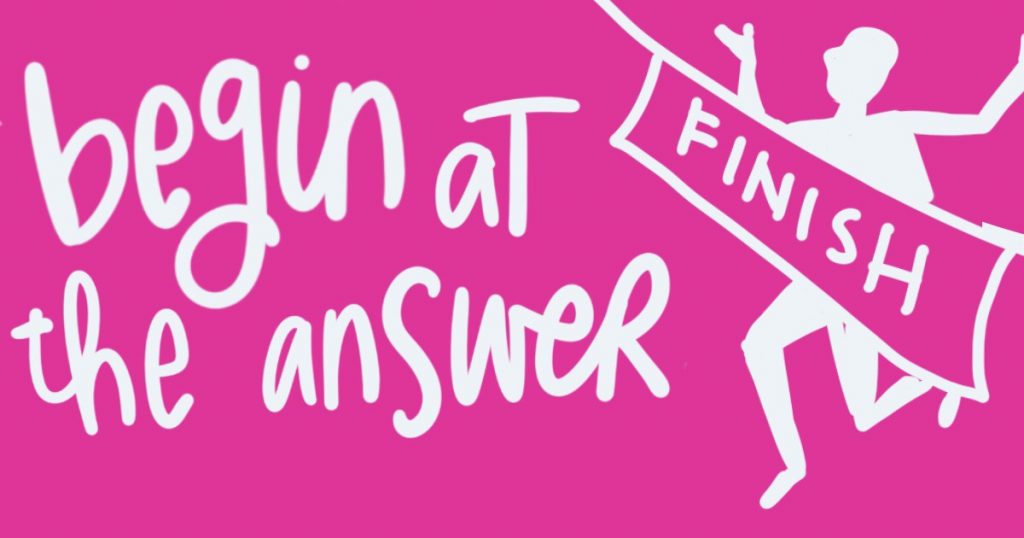
How to Have Better Meetings in 2019
When it started getting dark at 3pm, we knew it was time to reach out to our graphic facilitation community and compile our annual wrap-up post.

This time last year, we asked what the field of visual practice needed to do next – but was avoiding. This year, we wanted to know what advice our colleagues wished one other person needed to hear when planning a meeting in 2019. Here’s wisdom from a group of people who’ve attended over 1000 meetings.

Connecting Emotionally
Getting people moving and connecting throughout the meeting, not just the icebreakers. I wish people would ask: how can we keep people connecting on an emotional level. Let’s stop being afraid of passion and emotion and use it to support each other. We get stuck in thinking about the actionable items and things we can solve with best practices and vision statements, and really, I’ve seen all of that hard work become effortless when folks feel heard, safe, supported and are chatting like old pals. Keep the energy flowing and moving. Use humour and movement. – Annalee Kornelsen

Indigenous Pedagogy and Intergenerational Inclusion
This year I was honoured to attend meetings led by Indigenous peoples, or where the focus was on Indigenous communities. As a Wet’suwet’en woman, it was uplifting to bring my own teachings into meetings. It is most beneficial to begin meetings with a territory acknowledgement and grounding exercise to ensure that all participants are present. Next, circle or meeting “agreements” to follow throughout the meeting can assist in completing the work in a good way. The successful meetings that I witnessed, allowed enough space and time for human connection, reflection, and capacity-building. My Elders have taught me that there must always be time for visiting and sharing food, and I so encourage this in each instance where we gather together. The greatest instances of self-reflection that I witnessed occur when space is given to youth and Elders to share their perspectives, especially within policy processes and strategic planning sessions. I wish that more space will be given to inter-generational sharing and planning in 2019! – Michelle Buchholz

Use Movement for Reflection
In 2019, I wish more meetings would include somatic exercises that get people moving in space to support reflection and discussion. I’ve been using a lot more blue tape on the ground this year to create shapes and structures that people can physically step into. For example, a tape “wheel” where people choose a perspective to stand in, a line that people step over when they’re ready to commit to action, or a mountain peak that people cross to explore a new land. It’s powerful! – Nevada Lane

Decolonize Your Facilitation
I wish for all non-Indigenous facilitators to take a bigger and more courageous step towards anti-racism, reparations, and reconciliation with Indigenous communities. It could be an infinite list – because how we work together is the work. Here’s an easy step: let’s eliminate these harmful phrases that pop up in boardrooms that are actually about colonization. We can start or deepen relationships, so we can be in meaningful partnerships. We can hire Indigenous facilitators or co-facilitators, or get them hired. We can move aside when it’s time to centre others, and we can move up to address racism. Here’s to reading more history books and trainings by Indigenous leaders. Let’s amplify Indigenous women and non-binary folks. Meetings can shift from hierarchical models to Indigenous methods that centre culture, such as circles and intergenerational learning. And we can get outside. We can do the work together, and support each other to keep going! – Sam Bradd

The Year of the Body
In 2019, I wish more meetings would get physical. Meetings are heady things: we talk, we think, we ideate, we brainstorm, we talk some more. Almost all the activity takes place from the neck up. We might as well be heads on sticks. I would dearly love for meetings to start making space for the rest of our being, through embodied activities like singing, theatre games, improv, dancing, walking in nature – anything that lets us use our whole bodies! It’s scary, because physicality opens up feelings, and feelings can be messy. But it can also be cathartic and transformative. I’ve seen roomfuls of people become joyously unified through choral singing. Witnessed life-changing insights arise from theatre games. Watched ideas flow abundantly after a reflective walk in the woods. Let’s make 2019 the Year of the Body and invite people’s whole person into our meetings! – Avril Orloff

Go Multi-Sensory
In my Meeting Fantasia, it’s the rule rather than the exception that meetings are participatory, multi-sensory, and experiential. I know that sounds jargon-y, so here’s what I mean: Humans are whole beings with diverse learning aptitudes. Some of us need to doodle to think, some need to build, some need to move the body, most of us need to do it all. Multi-modal learning shouldn’t be an oddity – it’s just common sense. Because of our work, I DO see meetings rising to that occasion, but I’d love to see a world in which there’s an improvisational maker/hacker/D.I.Y./D.I.T. mentality in most group settings, as well as a deep awareness of, and appreciation for, a variety of learning styles. Unlocking our unique potential matters; so, when I see multi-modal techniques that accelerate learning, I’m all in.
Random, itchy, side note/industry request: Please differentiate the terms “graphic facilitation” and “graphic recording” in your own mind and when talking to clients. These practices are so fundamentally different as to almost be light years apart. – Sunni Brown

More Love
In 2019, I wish more meetings would be less about power and more about love. When vulnerability is welcomed and celebrated, I find participants show up in a more fulsome way – shortcomings, anxieties, and all – creating an environment of respect and trust, where fear and anxiety are reduced. Further, I believe that meetings where risk and debate are recognized and welcomed, result in meaningful conversations where a group can get to what’s happening under the surface, and transformative ideas are allowed to emerge. Both of these conditions take courage from meeting organizers and hosts, but it’s worth it. – Mark Busse

Less Fixing
In 2019, I wish more meetings would include time to brainstorm and reflect without (yet) “fixing” anything. As dialogic leaders we need to resist the perception that jumping in is an efficient use of time and energy, so that we can stop “fixing” things by providing inappropriate solutions that mire us all down further and become just one more layer on what didn’t work already. We need to get bravely clear about things like what brainstorming really is and why silence isn’t failure, and that if the right people (those who are being served) aren’t in the room, we should just start over when they can be. – Aaron Johannes, PhD

Meditation and Visioning
I wish more meetings would give people a chance to do their own visioning. I led a group through a meditative journey looking at the landscape of their own work/business, then they drew what they saw. Imaginative and metaphorical images that deeply resonated with them showed up as maps and touchstones forward. I gave a brief lesson beforehand using Bikablo’s stick people so they felt comfortable drawing people. – Julie Stuart

Digital Graphic Recording
In 2019, I hope more meetings try digital graphic recording. I was fortunate this year to graphic record at conferences where digital graphic recording was projected on big screens (sometimes super-wide screens!), and shared on participants’ phones/laptops almost in real time. This is essential for facilitating better breakout group discussions, as people could reference the graphic recordings immediately. Participants could also post comments/questions on the digital graphics. – Tanya Gadsby

Slow Down
In 2019, I also hope meetings slow down and try not to run at light speed. People need time to connect, reflect, and have deeper conversations. Some of the most profound conversations I’ve captured in meetings have happened when there was no pressure on the clock – Tanya Gadsby

Begin by Jumping Straight to the Answer
Groups can spend an entire day in conversation landing on the “answers” only at the end of the meeting. Instead, begin the conversation when people are fresh and ask participants to jump straight to the answer. Once these are elicited (we suggest capturing it visually), the conversation that follows will be from an advanced, richer place.
Instructions:
- In an opening roundtable, go once around the room.
- Participants have 30 seconds to introduce themselves briefly.
- Ask, “We’ll spend the next several hours on shared actions that will transform you to do XYZ. For now, let’s jump right to the answer: if there’s one change we could make to transform XYZ, what’s that one change?”
- Keep it moving rapidly and hold people to one answer.
- Capture the roundtable visually and reflect back on it at the end of the meeting.
- Ask, what did they discover? Did one or two answers wind up being major foci in the meeting and why?
This tool helps teams get clear on the big things they want to do, and lined up for actions that get results. – Lisa Edwards and Lisa Arora
Four Ways to be Different
In 2019, I wish more meetings would try… to include outside perspectives in their work. Bring in artists, engineers, community workers, a musician, etc. See how different perspectives can open up your creativity and perspectives in problem solving.
In 2019, I wish more meetings would be… open to creativity. Too often we see meetings fall into the same patterns. I’d like to see more meetings step out of their comfort zone.
In 2019, I wish more meetings would become… a place for dynamic conversations. A safe place to talk and allow time for synthesis conversations to happen.
And in 2019, I wish more meetings would include… storytelling and visualization. Fewer slideshows and ‘sit and get’ information sessions and more sharing and participant engagement. – Liisa Sorsa

Braver Conversations
In 2019, I hope more meetings will create space for braver conversations and deeper reflection. That’s where I’ve seen meaningful change.
Consider:
- Go deep with community agreements. Don’t just name a few and ask for agreement. Ask participants to discuss, take ownership of and uphold agreements that will help create a brave space. As the meeting progresses, check in periodically on how they are working. If something feels misaligned with the agreements, pause and reflect.
When partnering with a visual facilitator, let her explain the visuals and reflect back what she witnessed prior to a gallery walk. And give participants a clear intention to hold while looking at the visuals, using prompts like: what does this evoke in you? What else isn’t reflected her? Share in small and large groups. – Claudia Lopez

Encourage More Stories
In 2019, I wish more meetings would encourage people to tell stories – in any form. We often forget that communication is not just about relaying messages, it’s also about creating connections. Stories are a powerful way to share a vision, re-launch a brand, shift an organization’s culture, manage complex change, and more. At your next meeting, ditch the PowerPoint and bulleted lists. Don’t ask for a report out or a presentation, ask your groups to tell a story.
Here are 4 simple questions to get you started: What is happening? Who does it involve? Why does it matter to your audience? What’s the challenge? How can they help? – Sophia Liang

Include Time for Listening
I wish that more meetings would include time for open, unstructured listening. So many meetings are scheduled down to the minute with the fear that “we don’t want to waste time.” Listening is never a waste of time. We do need to commit to it – and create the space for it. Find time in your agenda to let it emerge. You might be surprised what comes up. – Anthony Weeks
________
Compiled by Sam Bradd at Drawing Change. Stay in touch about 2019 visual facilitation workshops in Vancouver BC, facilitation, and ways to make your meetings matter. @sambradd